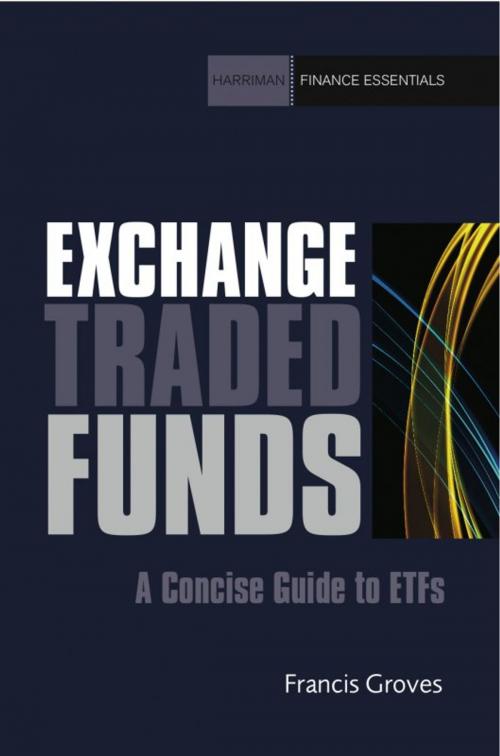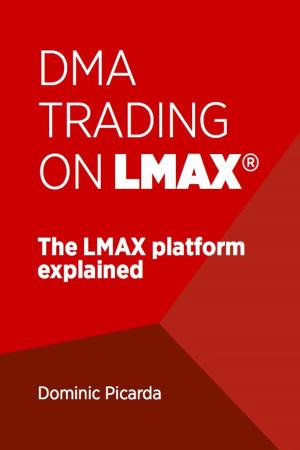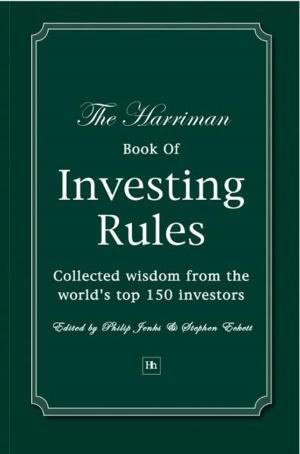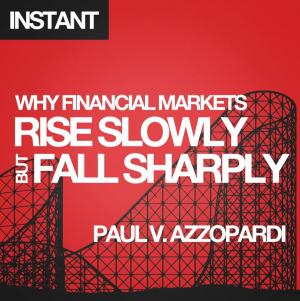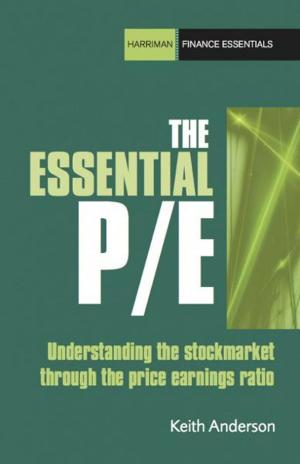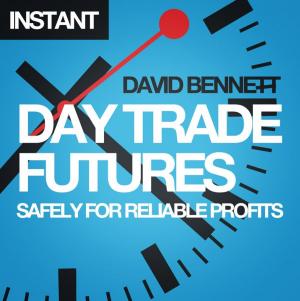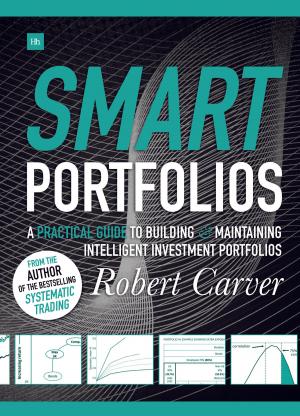Exchange Traded Funds
A Concise Guide to ETFs
Business & Finance, Finance & Investing, Investments & Securities| Author: | Francis Groves | ISBN: | 9780857191144 |
| Publisher: | Harriman House | Publication: | February 25, 2011 |
| Imprint: | Harriman House | Language: | English |
| Author: | Francis Groves |
| ISBN: | 9780857191144 |
| Publisher: | Harriman House |
| Publication: | February 25, 2011 |
| Imprint: | Harriman House |
| Language: | English |
The progress of exchange traded funds (ETFs) in the 21st century has been impressive. They are being used more and more widely as an investment approach and the range of asset classes that they cover has reached the point where a diversified portfolio of investments can be built entirely of these products. As such, it is important for those involved in the finance industry to have a handle on exchange traded funds, either for their own investing or as an adviser to the investments of others. This new book looks at how ETFs are constructed, how they are regulated, the variety of asset classes they cover and some practicalities involved with investing in them. No look at ETFs would be complete without an examination of the indices that they track, and so a discussion of different equity index construction methods is included. There are also thoughts about the essentials to keep in mind when using ETFs to move into more advanced types of investment, such as commodities, fixed income and leveraged products. In a detailed chapter on the use of ETFs within an investment portfolio, special attention is paid to the potential investment concentration, currency exposure and liquidity issues that can arise when investing in exchange traded funds. There are also lists of all major and some of the smaller ETF providers in the appendices of the book. With ETFs being an increasingly important part of the investment spectrum, no one can afford to be without a working knowledge of how these products operate. 'Exchange Traded Funds' will give you a good introduction to this area.
The progress of exchange traded funds (ETFs) in the 21st century has been impressive. They are being used more and more widely as an investment approach and the range of asset classes that they cover has reached the point where a diversified portfolio of investments can be built entirely of these products. As such, it is important for those involved in the finance industry to have a handle on exchange traded funds, either for their own investing or as an adviser to the investments of others. This new book looks at how ETFs are constructed, how they are regulated, the variety of asset classes they cover and some practicalities involved with investing in them. No look at ETFs would be complete without an examination of the indices that they track, and so a discussion of different equity index construction methods is included. There are also thoughts about the essentials to keep in mind when using ETFs to move into more advanced types of investment, such as commodities, fixed income and leveraged products. In a detailed chapter on the use of ETFs within an investment portfolio, special attention is paid to the potential investment concentration, currency exposure and liquidity issues that can arise when investing in exchange traded funds. There are also lists of all major and some of the smaller ETF providers in the appendices of the book. With ETFs being an increasingly important part of the investment spectrum, no one can afford to be without a working knowledge of how these products operate. 'Exchange Traded Funds' will give you a good introduction to this area.
